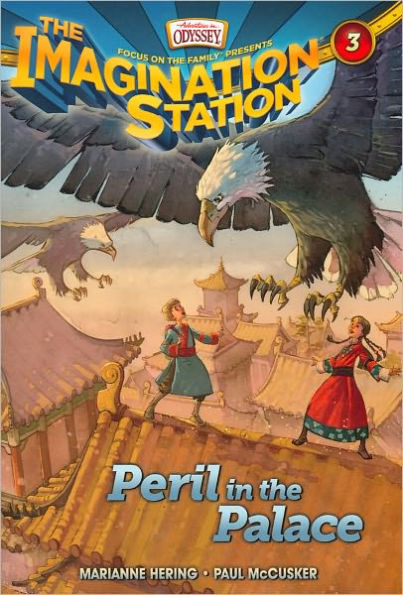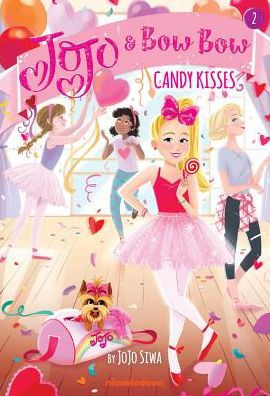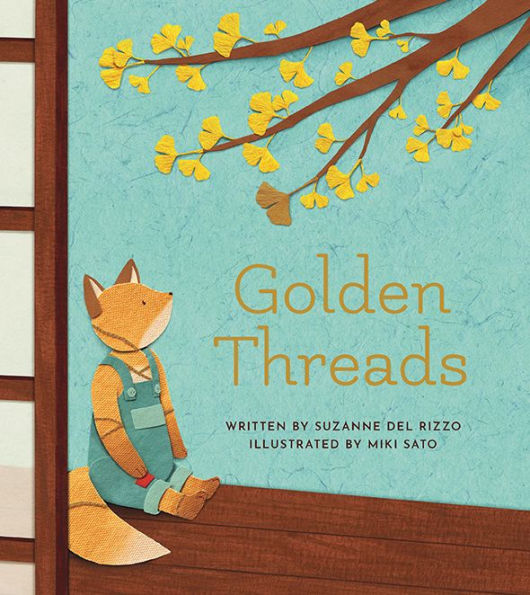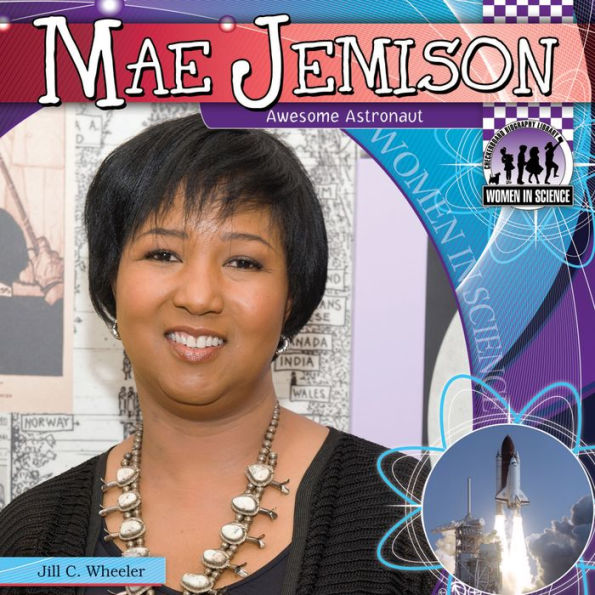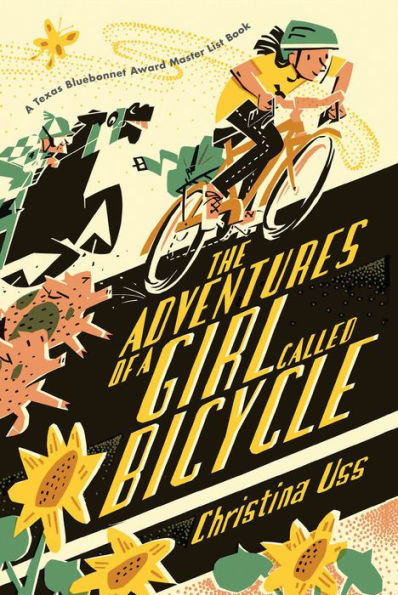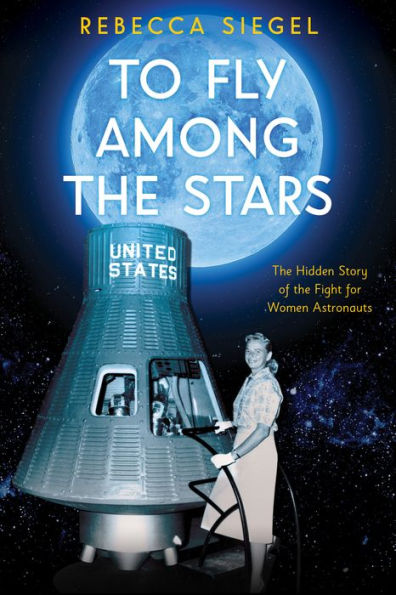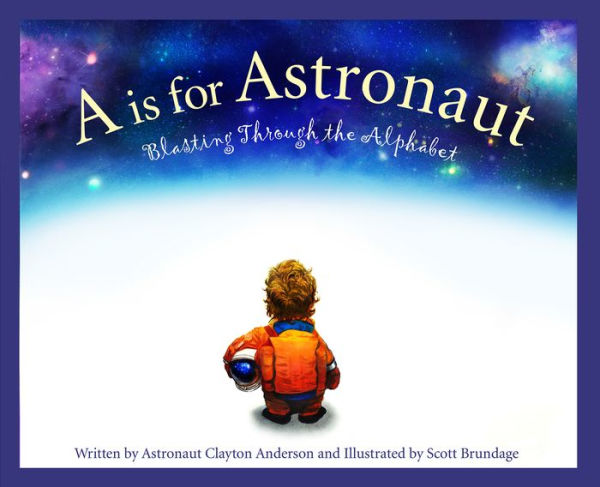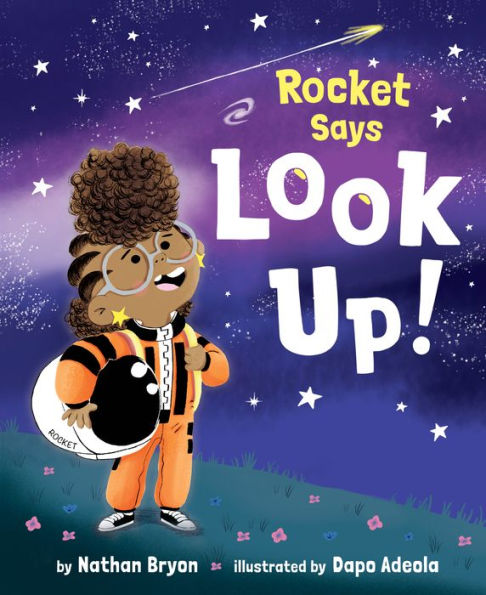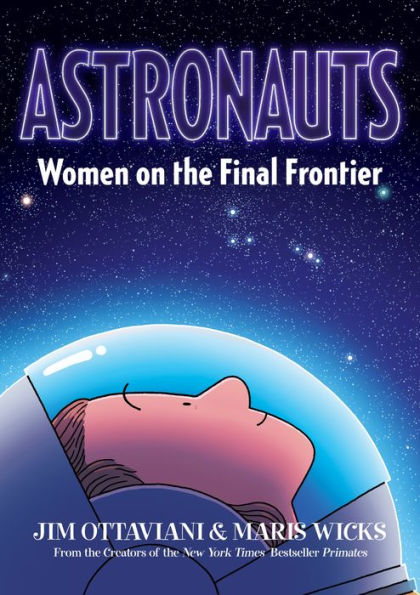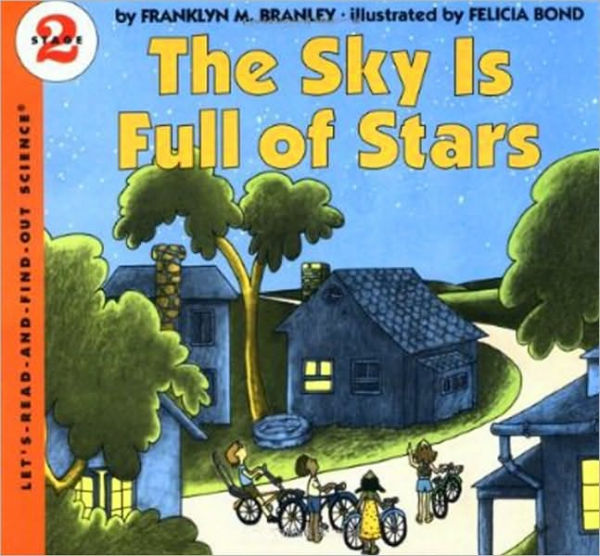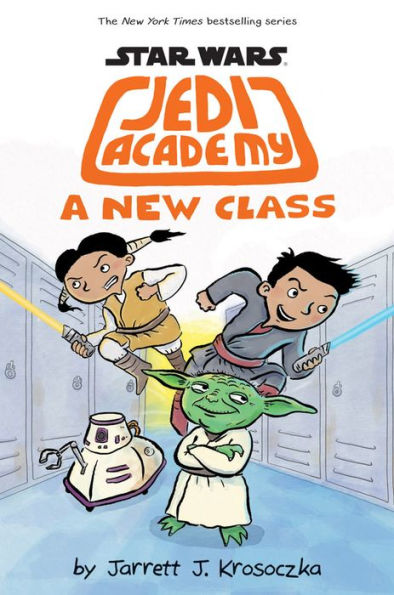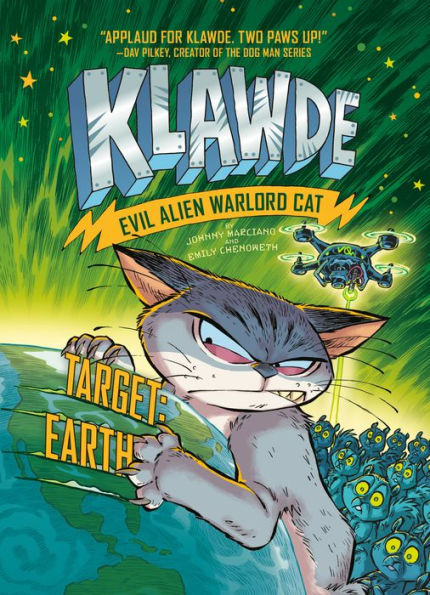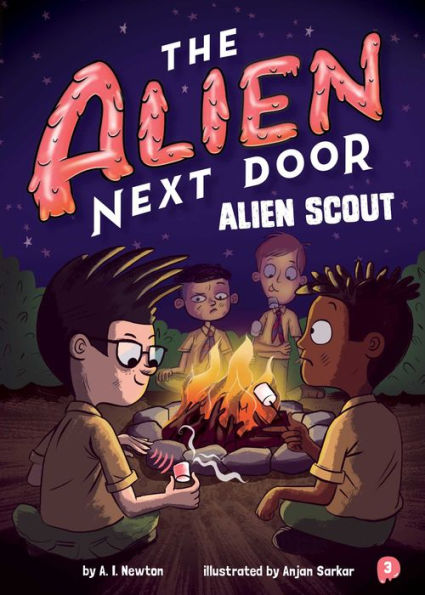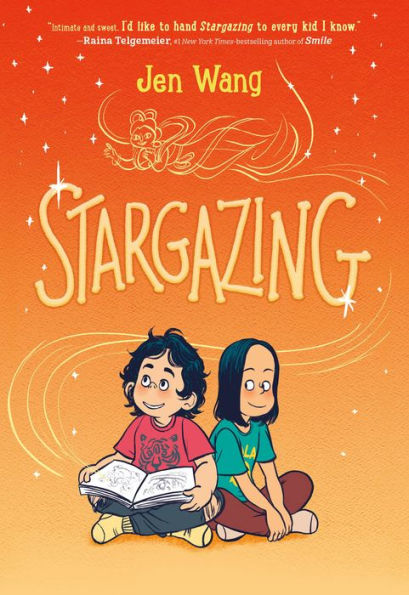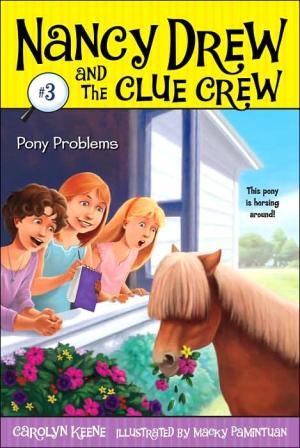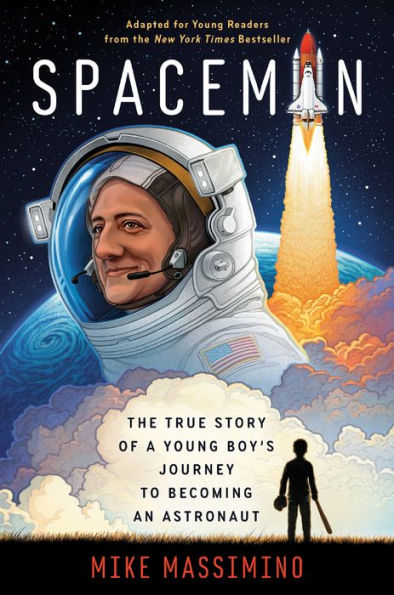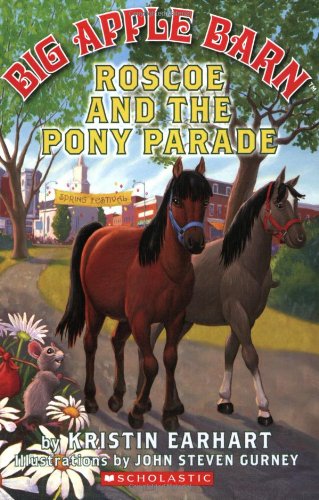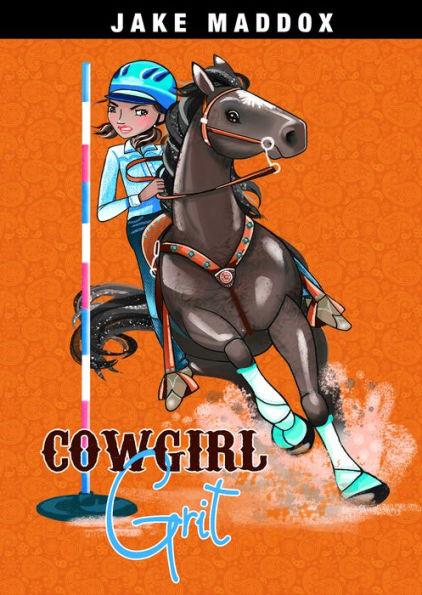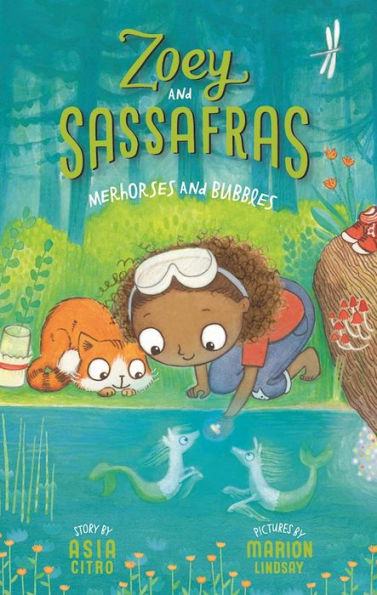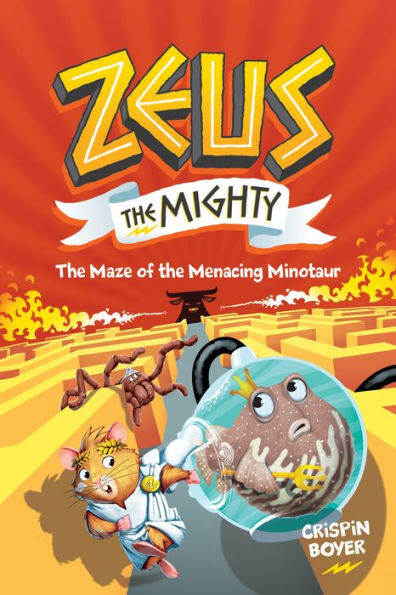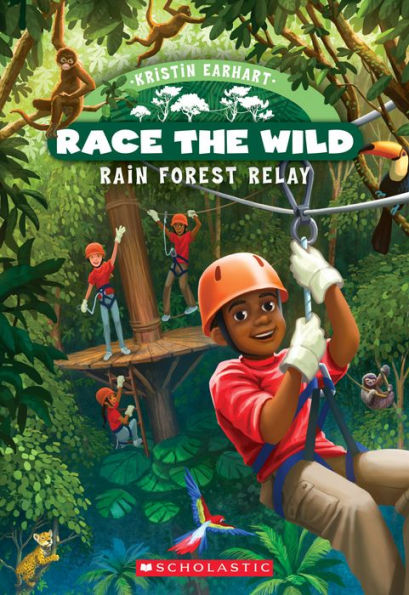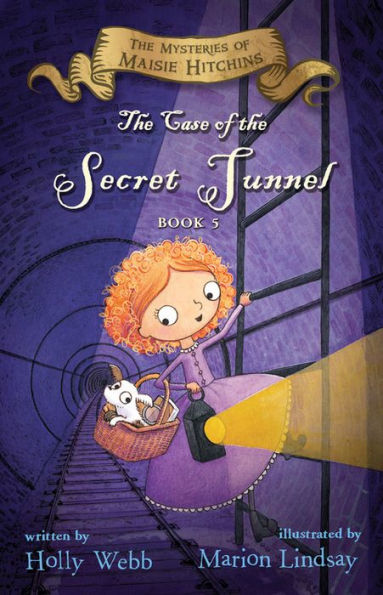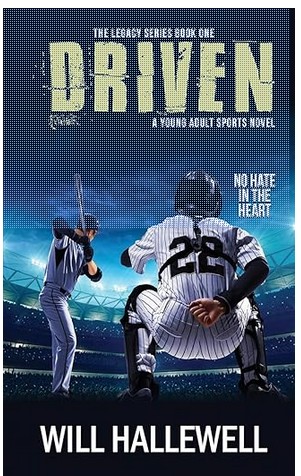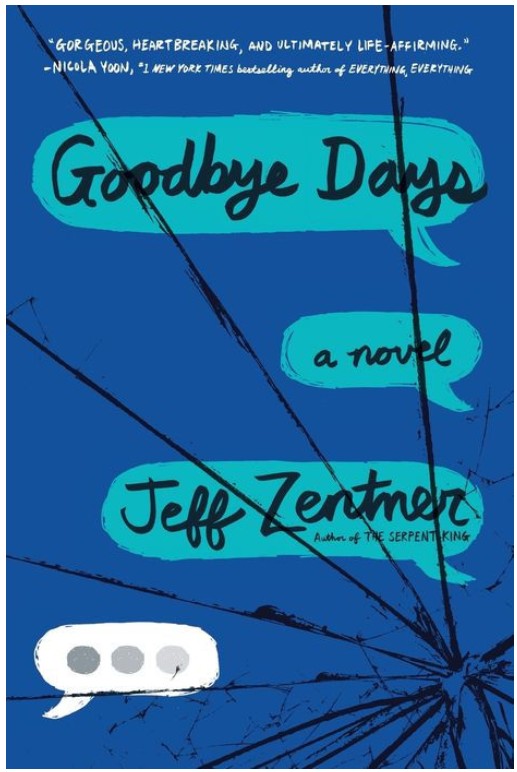Beth and her cousin Patrick go to China in 1271 where they have to find the golden tablet of Kublai Khan. Once in China, the cousins are kidnapped by Mongol warriors, who think they are evil. Only the friendship of fellow traveler Marco Polo saves them from harm.
At the Shangdu palace, Kublai Khan dislikes Beth’s and Patrick’s gifts and the message about Christianity. Next, the Mongol magicians challenge the cousins to a spiritual power showdown. The cousins are again locked up. But then they meet Genghis Khan’s great-great-granddaughter. However, Beth and Patrick are not safe, so they escape from the palace.
Before the cousins are able to make it safely away from the palace, two giant birds swoop down and grab them. The birds take them to their nest where hungry chicks wait for a meal. A mysterious knight appears and helps the kids make it back to the Imagination Station.
Peril in the Palace is the third book in the Imagination Station Series. Each book’s plot builds on the previous book so the stories must be read in order. Like the previous books in the series, history is incorporated into the story. However, Peril in the Palace’s plot is not as well developed and the conclusion has several events that are unrealistic.
Despite this, readers will appreciate the fast-paced plot which shows the importance of sharing the Christian faith. When the Mongol shamans use “magic,” Beth is able to show how the shamans are really using magnets to perform the magic. While the religious message is not as strong as the previous books, the story of Jesus is incorporated into the story.
The large text and illustrations make the story accessible to readers ready for chapter books. Black and white illustrations of varying sizes are scattered throughout the book. Parents who are looking for a wholesome book that incorporates the Bible into the story will find the Imagination Station Series a good choice. Readers who want more time traveling fun should check out the Time Jumpers Series by Wendy Mass.
Sexual Content
- None
Violence
- Beth and Patrick are kidnapped. “A horse came alongside them. The rider leaned sideways and grabbed Beth under the arms. He pulled her up onto the saddle.” The cousins are saved by Marco Polo.
- A wounded warrior comes to report to Kublai Khan. “Koke’s tunic was soaked in blood. An arrow had been shot through the man’s shoulder.”
- Giant eagles called rocs pick up Beth and Patrick and take them to their hungry chicks. “One of the beaks grabbed Beth. . . The bird caught the edge of her dress.” Beth’s leg is injured. A Knight appears. “Suddenly a silver sword slashed the air above them. The sword hit the bird’s claws, and the bird cried out.”
- The adult rocs swoop down and try to swallow the kids. “The knight turned just in time. He swung the sword with both hands. Bam! The sword hit the roc’s beak—and bounced off. The kids are able to escape.
Drugs and Alcohol
- None
Language
- None
Supernatural
- None
Spiritual Content
- Kublai Khan asks a group of foreigners, “Why doesn’t your God help the Christians? Why doesn’t the Christian God smash your enemies?” Patrick explains, “Jesus Christ destroyed death. He rose from the grave! Those who believe in Him will live forever.”
- Kublai Khan believes that he will “go to the afterlife as a warrior. The Mongols will bury him with arrows and horses.”
- Beth gives a young girl a Bible.
